I've heard it time and again: "I can't file bankruptcy because it will ruin my credit! Won't it?"
No. Life goes on after bankruptcy and you will almost certainly be able to borrow and finance consumer purchases or even business investments afterwards. Most folks receive credit card and car loan offers shortly after filing. It is not unusual to qualify for a home mortgage loan - or a refinanced home loan - within two to three years of filing. And the repayment terms on these post-bankruptcy loans can be solid if you can wait a couple of years before borrowing again, using that time to re-establish your creditworthiness.
Bankruptcy does not ruin your credit. Plain and simple, what hurts a credit score more than anything is not paying bills. And the remarkable thing about bankruptcy is that it makes the dischargeable bills go away. You cannot be late on a bill that has a zero balance. There are credit consequences to filing bankruptcy. But for people who need help with overdue or unpaid bills, bankruptcy normally ends up helping their credit scores in the long run.
Think about it this way. The banks that lend money have one primary concern. They want to know if you will pay them back. If you ask for a loan while you already have tens of thousands of dollars in debts the bank knows that any loan they give to you will be only one of many that you have. The bank does not want to stand in line with everyone else that you owe. If, on the other hand, you just filed for bankruptcy the bank knows that any of your prior discharged debts are no longer due, making it much more likely that your new loan will be paid. Plus, the bank knows that you cannot file bankruptcy again anytime soon, making it very unlikely that the new loan will ever be discharged in bankruptcy. This makes you a better credit risk AFTER you file than you were before you filed.
The record of your bankruptcy filing will be on your credit report for some time (current laws require a Chapter 7 to be removed from a credit report after ten years). But the report will also show how long ago the bankruptcy was filed. Lenders place less importance on an older bankruptcy IF you have been good about paying bills on time after your bankruptcy was filed.
With some careful post-filing credit repair steps, a FICO score in the high 600s or low 700s is achievable within 18 months to two years of a bankruptcy filing. Lenders differ on how they use FICO scores but many treat a score like this as a high or "A-level" rating.
How do you repair your credit after bankruptcy? Simple. Pay your bills on time. As time passes you'll build up better creditworthiness. We work with our clients to give them guidance tailored to their situation to help them repair their credit after filing.
There are, of course, other factors that will play into the decision to file. But when making the decision it is important to know that a bankruptcy will not ruin your credit. Over time it can actually help.
Image credit: 401(K) 2013






